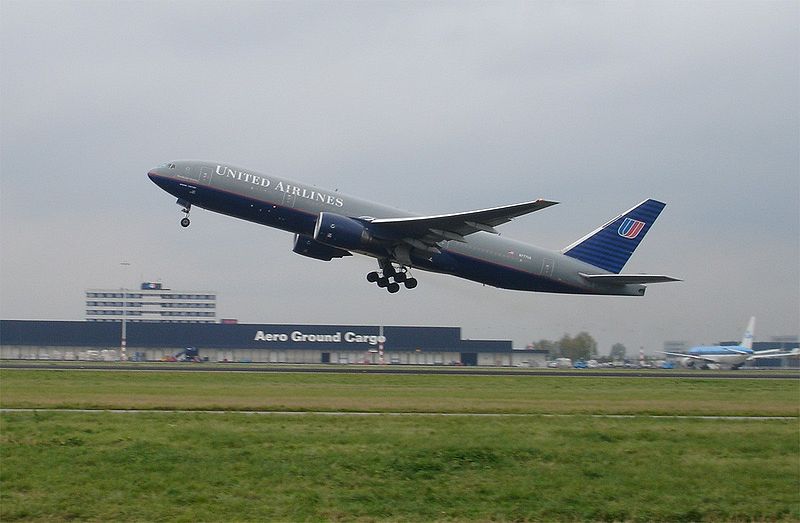Editor's note: Over 100 people die every day in traffic crashes in the U.S. Imagine if the aviation industry had the equivalent fatality rate--a plane would fall from the sky every week or so. Instead, it's common to go years without a major incident in the airline industry. That's not because airplanes are inherently safer. It's because aviation has a safety culture where all crashes are thoroughly analyzed and improvements are made continually. And if a pilot is caught doing something egregious, such as flying under the influence, they typically never fly again. Drivers, meanwhile, just keep driving--and they can literally get away with murder.
That was on Tim Courtney's mind after a few disturbing exchanges with an anti-bike friend who is also an aviator. Courtney, an advocate for safe-streets, wrote an open letter to his pilot-friend about this weird disconnect and asked Streetsblog if it wanted to publish it. Here is the edited version:
***
Dear Friend:
We’ve known each other a long time. Something’s bothering me about the way you treat me online.
I share a lot about how dangerous American streets are for people outside of cars. It’s not simply a part of my identity, it’s my life. I bike and walk for transportation. The streets could one day kill me.
I share about systemic issues and individual behavior. Sometimes I highlight facts. I also reframe issues. Other times I rant about the danger cars pose because I was almost killed by a negligent driver. I like to think my posts give people a different perspective on something that affects them every day.
The other day I shared a pic of my bike sticker "CARS ARE DEATH MACHINES." I got it from my favorite podcast — you’ll love this — The War On Cars. It’s a provocative statement, and it’s true.
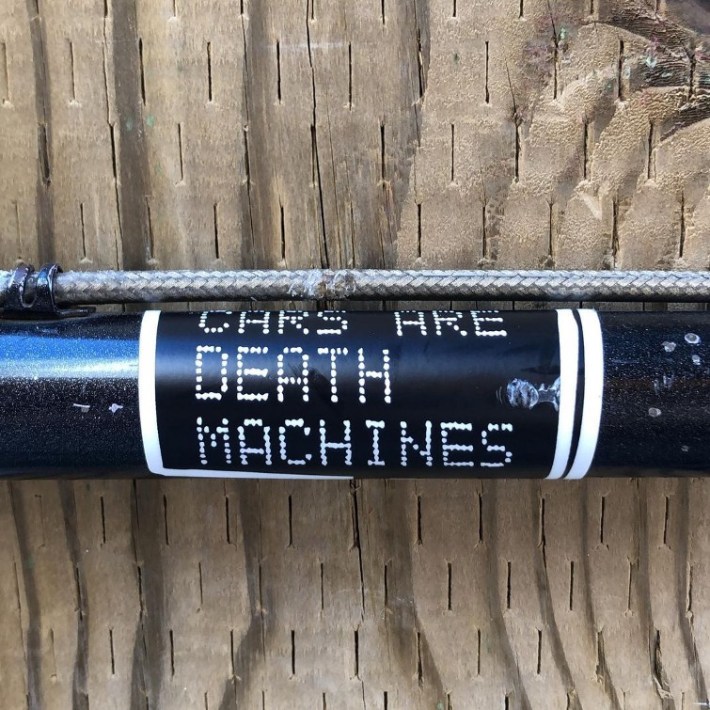
You were quick to comment and I was quick to delete. But you wrote something like: "Funny how I’ve never seen someone who commutes by car show up to work with a broken collarbone."
As mad as I am at your derision, I’ve also never seen you come so close to the point yet miss it by so much.
What could possibly break a bicyclist’s collarbone?
I know you don’t like to hear about victim-blaming, but are you really OK with people getting injured or killed on our streets if they’re outside of a car? If I was hit and killed on my bike, would you blame me for my own death?
Over the years, you’ve taken exception — sometimes even personal offense — to my posts and statements about dangerous streets and the impact of cars. If I get on a bike, do you stop seeing me as a person worthy of safety?
The point is, your comments are completely at odds with the discipline you’ve cultivated in your profession.
You’re a pilot.
Not long after we met, you took me on a flight along Lake Michigan that inspired me to earn my certificate a few years later. It was a personal highlight to fly the single-engine Cherokee 800 nautical miles back to Chicago and take you up on a similar flight.
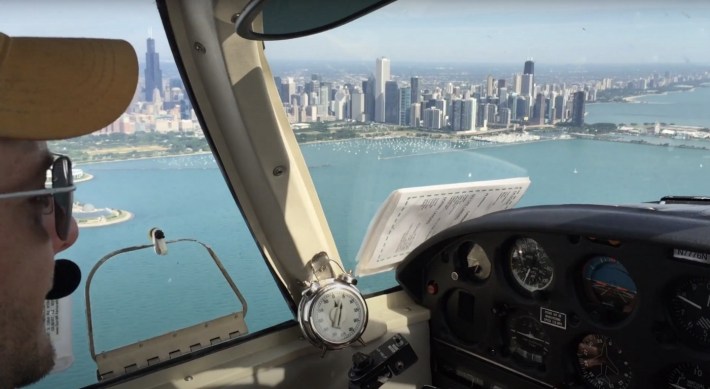
During my training, I learned all about aviation safety culture. The industry takes a systemic approach to accident prevention. I learned that checklists, procedures, regulations, and even aircraft and cockpits were designed around preventing crashes. The industry has learned from thousands of tragic deaths in over a century of flight. Countless people have investigated root causes, designed safer systems, and trained for safety. In aviation, you know that any accident is everyone’s accident.
Take just one example, the right-of-way rules.
The most maneuverable aircraft are required to give way to the least maneuverable. How would one apply the principles of aviation’s right-of-way rules to our city streets? The largest and most powerful vehicles should give way to the smallest and most vulnerable: people walking, children, elderly, disabled, and people on bikes or scooters. The greater the size and power of the vehicle, the greater its operator’s responsibility for the safety of others around them.
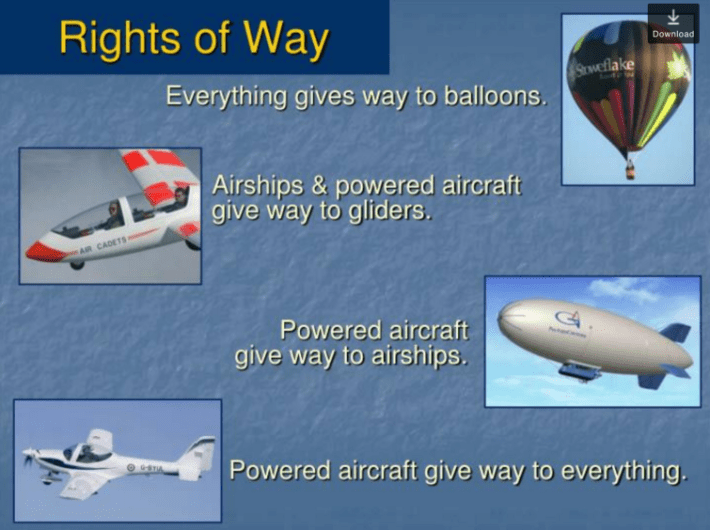
Cars are deadly machines.
In 2019, there were 36,000 fatalities from motor vehicle crashes. Over half were occupants of cars and SUVs. 14 percent were motorcyclists, 17 percent pedestrians, and 2 percent of fatalities bicyclists. Taking those last two figures, one in five people killed by motor vehicles wasn’t in one!
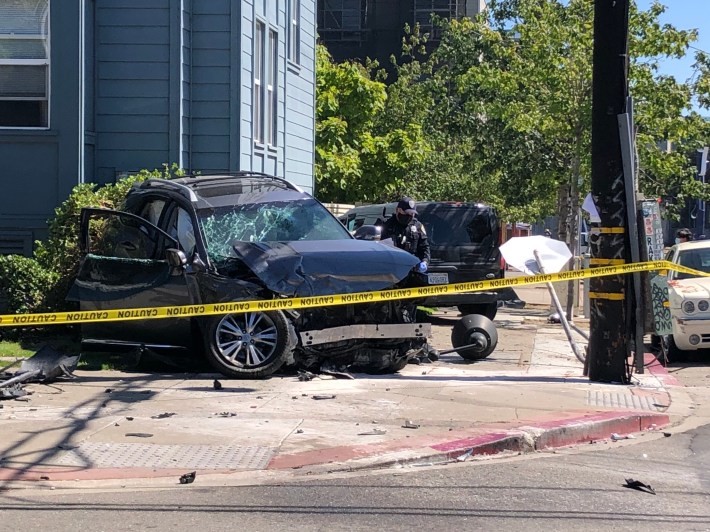
Motor vehicle transportation is 750 times more dangerous per passenger mile than commercial aviation.
Why should we accept that? How much safer do you think our streets could be if we applied a disciplined, scientific, and systemic approach like we do to aviation safety?
It’s time to constrain the carnage cars cause through bad road design, bad vehicle design, and other systemic issues. The NTSB, which has done so much work investigating plane crashes and making aviation as safe as it is, is coming around when it comes to cars. The new chairman is calling for a Safe System Approach. It’s a start.
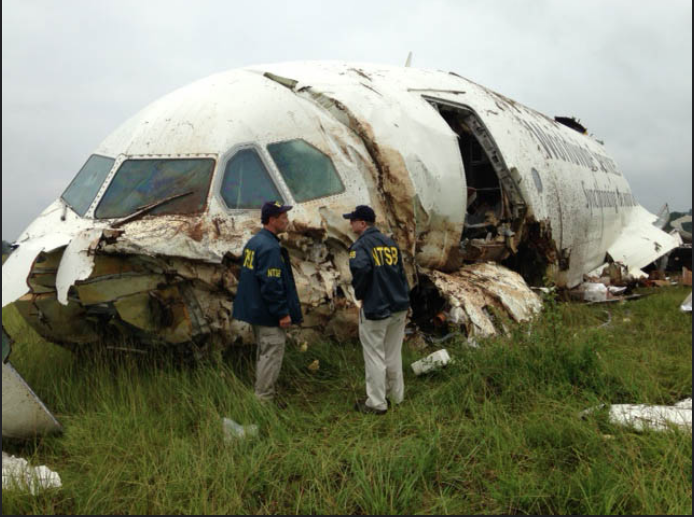
People have a right to ride a bike or even just go for a walk around their home without the continual danger of getting crushed to death by an errant motorist. But our licensing and training system and the current way our streets are designed works against that right. Everyone has a right to go from point A to B on foot, bike, or car, without constantly being put in danger.
That should be as true on our streets as it is high above them.
Your friend,
Tim
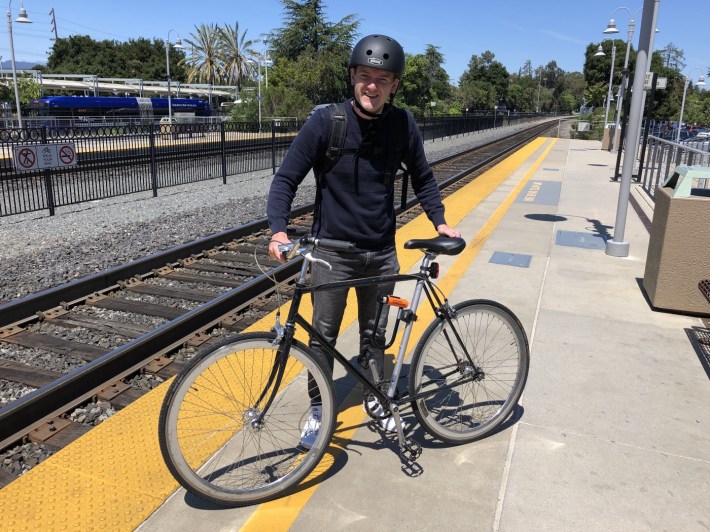
***
Tim Courtney is a guy on a bike in Oakland, California. He campaigns against dangerous streets and car violence so people can get around safely on two feet or two wheels. You can follow him on Twitter, and check out his Safe 8th Street campaign.
